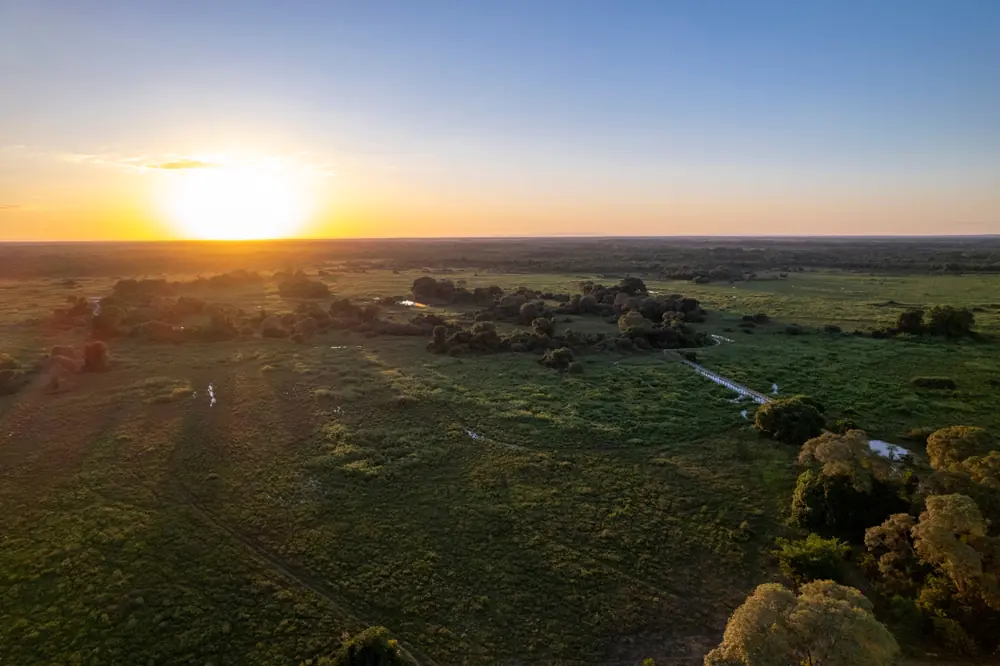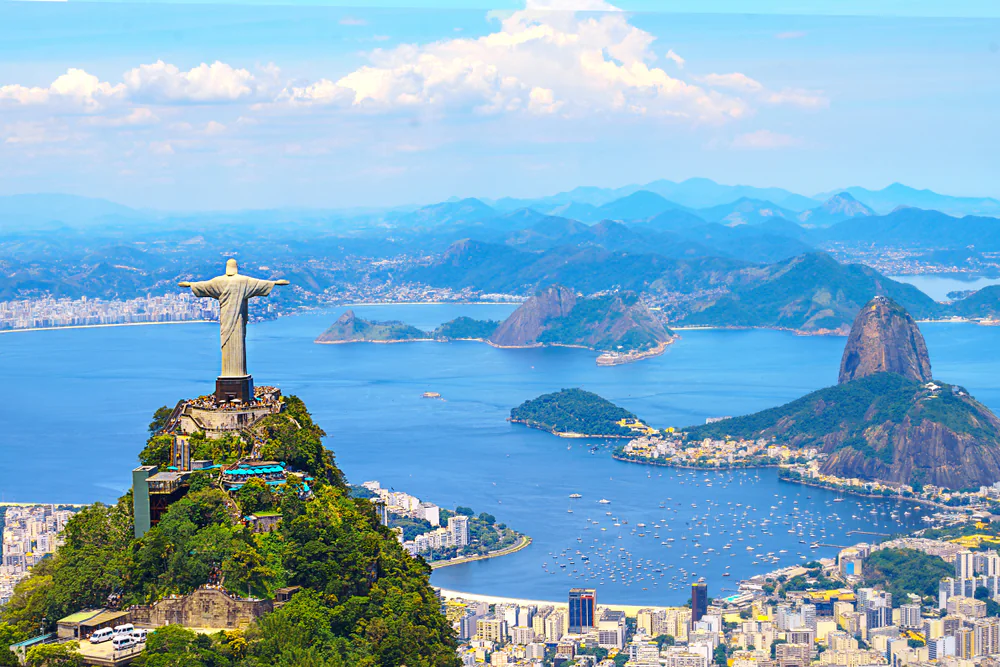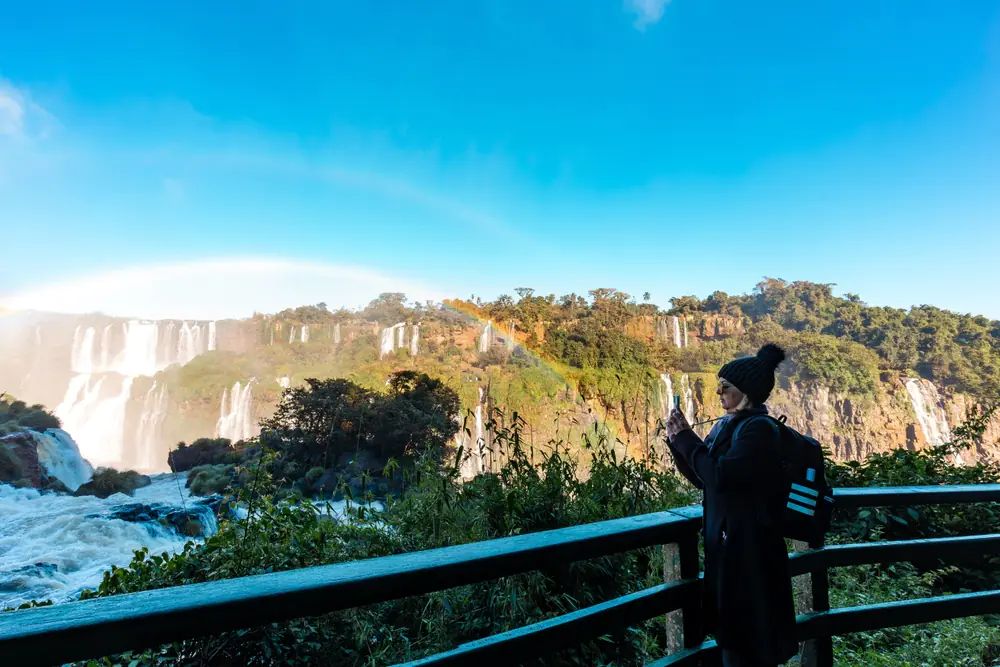
Pantanal Travel Guide: Explore Top Wildlife and Scenic Wonders
Introduction:
Brazil, Bolivia, and Paraguay comprise the Pantanal, one of the largest tropical wetlands in the world. Renowned for its remarkable biodiversity and breathtaking natural settings, the Pantanal offers unmatched opportunities for wildlife observation and nature study. For those who enjoy the outdoors, birdwatching, and adventure, this UNESCO World Heritage site is a paradise. Use our Pantanal travel guide to explore the best wildlife, scenic beauty, and adventure activities this unique destination has to offer.
How to Reach the Pantanal
By Air:
- Cuiabá Airport (CGB): The main gateway to the northern Pantanal, with flights from major Brazilian cities.
- Campo Grande Airport (CGR): A key airport for accessing the southern Pantanal, with domestic flights available.
By Road:
- Access by Car: Drive from Cuiabá or Campo Grande to various entry points into the Pantanal. Road conditions can vary, and a 4WD vehicle is often recommended.
By Boat:
- River Cruises: Some tours operate from towns along the Pantanal’s rivers, offering a unique way to explore the wetland.
Best Time to Visit
1May to September: The dry season is ideal for wildlife viewing, as animals congregate around water sources and the lower vegetation makes them easier to spot.
October to April: The wet season brings lush landscapes and abundant birdlife, but some areas may be less accessible due to flooding.
Top Destinations: Pantanal Travel Guide
- Wildlife Safaris: Experience guided tours through the wetlands, offering opportunities to spot jaguars, capybaras, caimans, and a variety of bird species.
- Jaguar Watching: Join specialized tours focused on spotting jaguars in their natural habitat along the rivers and forest edges.
- Birdwatching: The Pantanal is a birdwatcher’s paradise with species like the hyacinth macaw, jabiru stork, and great egret.
- River Cruises: Explore the Pantanal’s waterways on boat tours, providing a unique perspective of the ecosystem and its wildlife.
- Horseback Riding: Experience the Pantanal’s landscapes and wildlife on horseback, a traditional way to navigate the region.
- Fishing: Try your hand at fishing for piranhas or other local species in the Pantanal’s rivers and streams.
- Lodge Stays: Stay at eco-lodges within the Pantanal to immerse yourself in the environment and enjoy guided tours.
- Pantanal Wildlife Center: Visit wildlife conservation centers and learn about the efforts to protect the region’s diverse species.
- Cultural Experiences: Engage with local communities and learn about their traditional practices and lifestyle.
- Photography Tours: Join guided photography tours to capture the stunning landscapes and wildlife of the Pantanal.
Where to Stay
Luxury:
- Cuiabá Pantanal Hotel: Offers high-end accommodations with easy access to wildlife tours.
- Pousada Piuval: Located within the Pantanal, providing luxurious amenities and guided tours.
Mid-Range:
- Hotel Deville Prime Cuiabá: Comfortable accommodations with good access to Pantanal tours.
- Pousada Rio Claro: A well-rated lodge with access to wildlife excursions.
Budget:
- Hostel Pantanal: Affordable lodging with basic amenities and tour options.
- Pousada Arara: Budget-friendly lodge offering essential comforts and local tours.
Local Cuisine
- Peixe Assado: Grilled fish, often served with rice and beans, showcasing local flavors.
- Feijão Tropeiro: A traditional dish made with beans, sausage, and manioc flour.
- Farofa: A side dish made from manioc flour, often mixed with spices, bacon, and vegetables.
- Piranha Soup: A unique dish made from the local piranha fish, prepared with spices and vegetables.
- Guaraná: A popular Brazilian soft drink made from the guaraná fruit, often enjoyed with meals.
Shopping in the Pantanal
- Local Crafts: Purchase handmade crafts, including items made from local materials and traditional designs.
- Souvenirs: Look for souvenirs that represent the Pantanal’s wildlife and natural beauty.
- Local Products: Explore markets for locally produced goods, such as handmade textiles and traditional foods.
Travel Tips
- Safety: Stay aware of your surroundings, especially in remote areas. Follow guidelines provided by guides and lodges.
- Health Precautions: Use insect repellent to protect against mosquitoes and other insects. Drink bottled water and avoid raw foods.
- Clothing: Wear lightweight, breathable clothing and sturdy footwear. Bring rain gear for the wet season.
- Currency: The Brazilian Real (BRL) is the local currency. Use ATMs or exchange services for cash.
- Guides and Tours: Opt for guided tours to enhance your experience and ensure safety. Choose reputable operators for wildlife and cultural tours.
- Conservation: Respect wildlife and natural habitats. Follow guidelines to minimize your impact on the environment.
- Language: Portuguese is the official language. Learning basic phrases can be helpful for communication.


